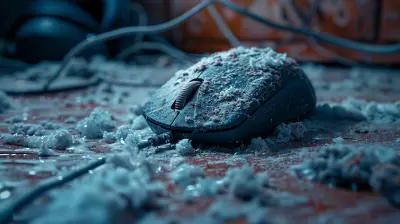How Multiplayer Games Encourage Collaborative Learning
26 October 2025
Let’s be real—multiplayer games are so much more than just epic boss battles and trash-talking noobs in the chatroom. Peek under the surface of the chaos, and you'll find a goldmine of life skills being leveled up like mad. One of the biggest wins? Collaborative learning. You heard that right.
Yep, those seemingly endless all-nighters with your raid crew or your team chat blowing up during a ranked Overwatch match—those aren’t just time-killers. They’re actually helping you (and your squad) get smarter together. Multiplayer games, whether you're duking it out in League of Legends or building a Minecraft empire, are literally designed to bring people together to solve problems, communicate, and crush goals as a team.
So grab your headset, buckle up, and let’s dive deep into how multiplayer games are low-key turning us all into communication gods, strategic thinkers, and collaboration machines.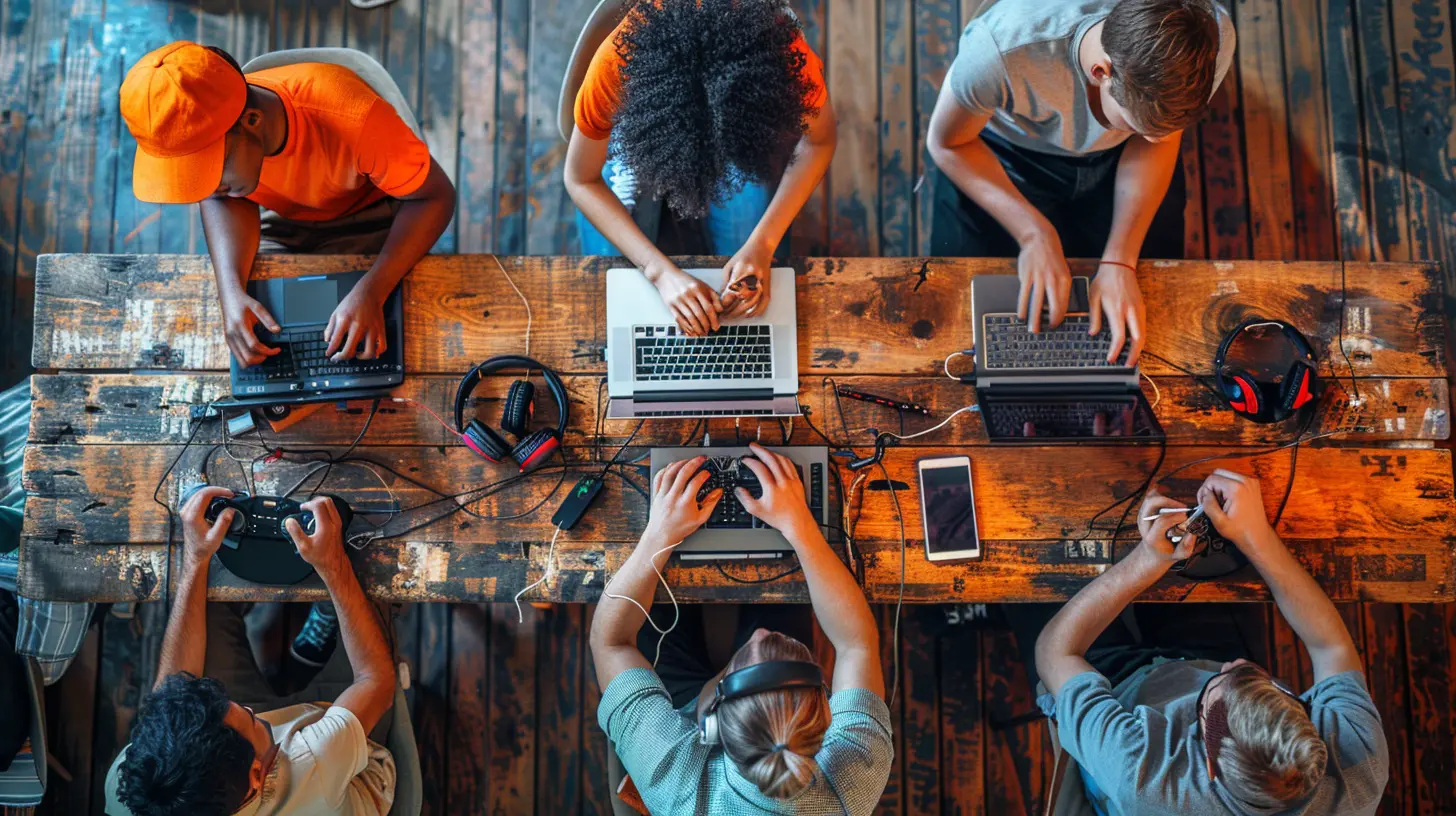
What Even Is Collaborative Learning?
Before we dive into the pixel-packed battlefield, let’s clear up what we mean by "collaborative learning." It’s not just a fancy buzzword professors throw around to sound smart. Collaborative learning is when people work together to understand stuff, solve problems, or complete tasks. Everyone contributes, everyone benefits. It’s teamwork with a brainy twist.You’ve probably done this in school group projects (you know, where one person does all the work—unless your team actually... collaborated). In multiplayer games, though, there’s usually no choice but to work together. If you don't? Game over.
So yeah, multiplayer games are kind of like the gym for your teamwork muscles. And they work you out.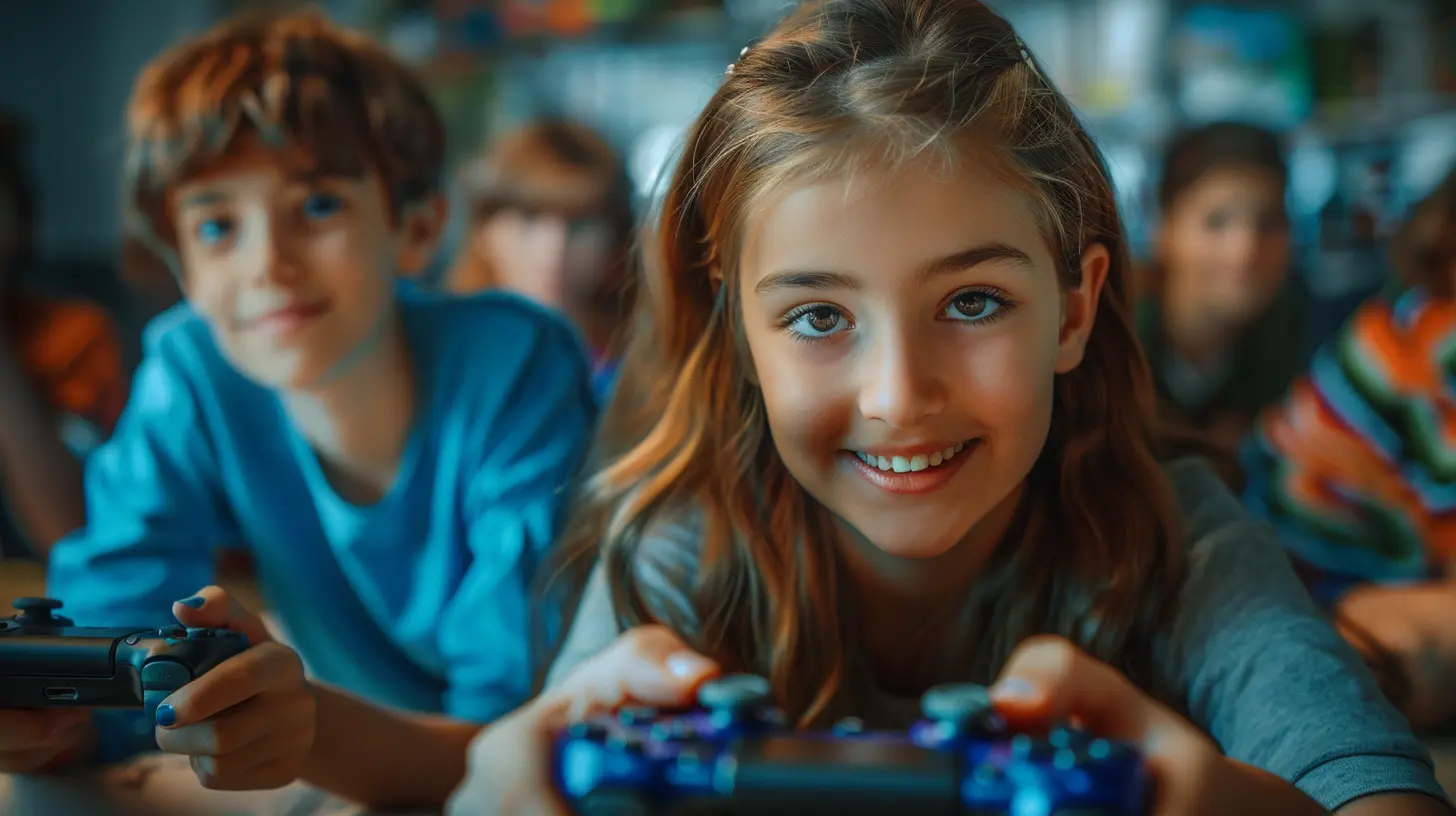
The Power of Teamwork: Why You Can't Solo Everything
Let’s talk teamwork. You ever tried to solo a dungeon that clearly requires five players? Spoiler alert: that dragon’s gonna barbecue you.Multiplayer games make you depend on others. You need healers, tanks, damage dealers—all filling different roles but chasing the same goal. And what does that teach you? Boom. Collaboration.
In a game like Apex Legends, you need to know your role, communicate what you’re doing, call out enemy positions, share loot, and sometimes straight-up carry your team’s sorry behinds to victory. You're not just playing a game; you’re forming strategies, adapting them in real-time, and syncing with others. It’s like a digital dance party—and everyone’s gotta move in rhythm.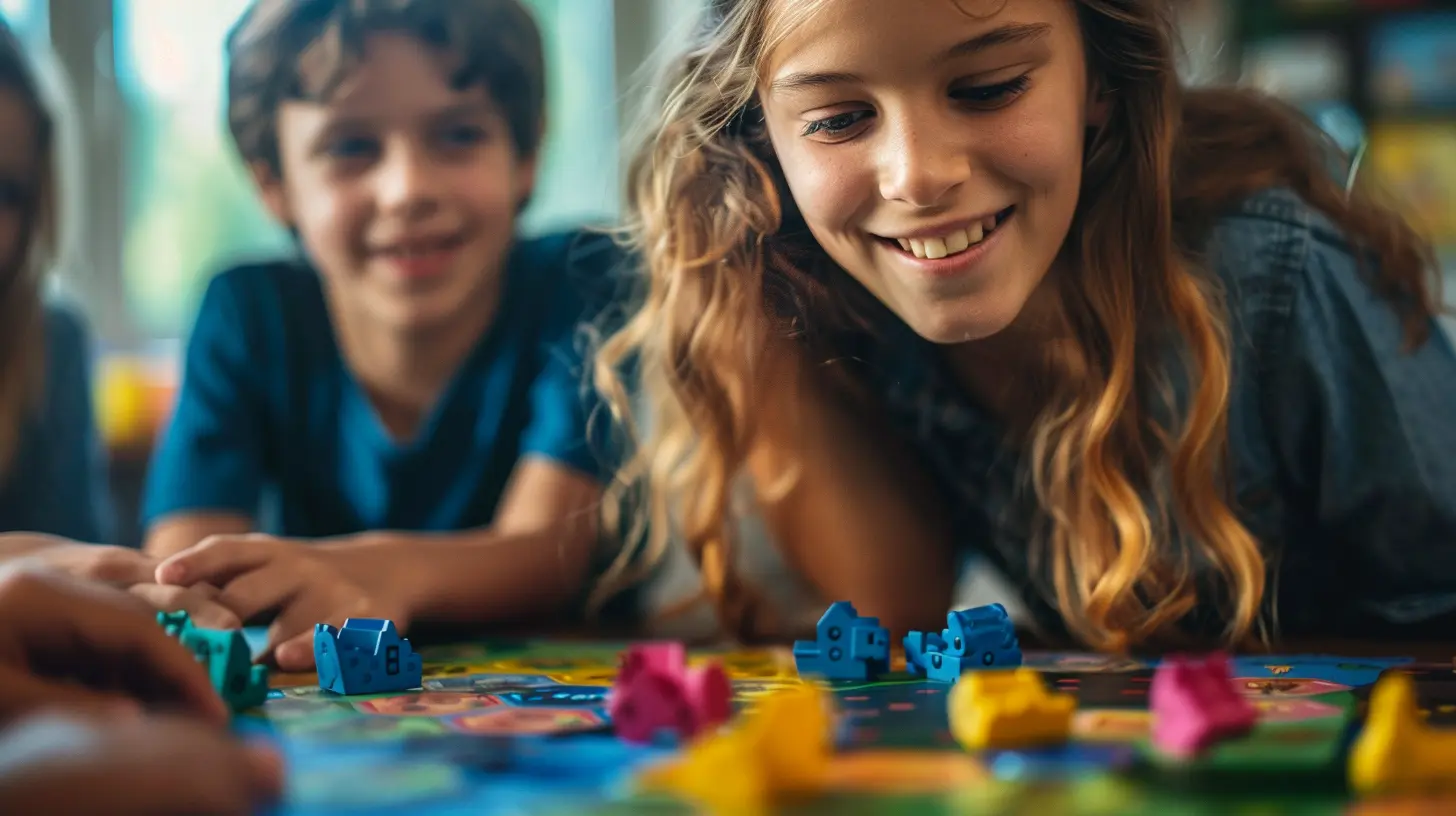
Communication = Key (and Yes, Even the Rage Quitters Help)
Ah, communication—the holy grail of collaborative learning. And oh boy, multiplayer games force you to talk, whether it’s via voice chat, pings, or those quick-fire emotes.Gamers become masters at concise, to-the-point messaging. There’s no time for essays when an enemy squad is flanking. You learn to say more with less. You pick up on tone, timing, and even how to handle different communication styles. Who knew a ping could speak louder than words?
And yes, even those rage-quitters in chat are part of your learning curve. You figure out how to manage team conflict, calm tensions, and sometimes just mute the chaos and focus on the mission (life lesson right there).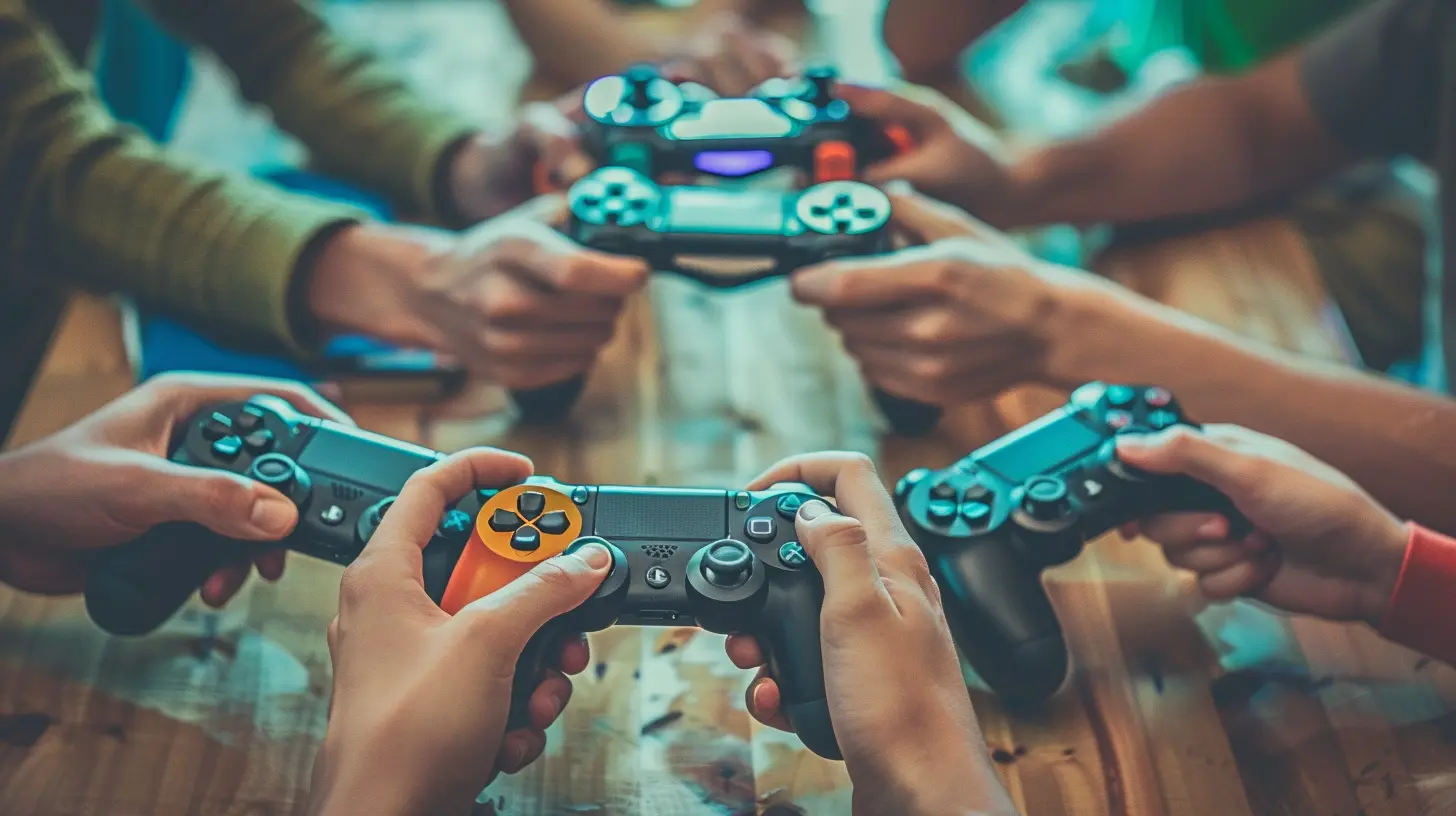
Strategic Thinking and Problem Solving on the Fly
Multiplayer games don’t come with answer keys. You and your team get thrown into mess after mess, and you’ve gotta clean it up fast. How? Strategy, baby.Whether you’re planning a base defense in Rust or coordinating a sneak attack in Valorant, you're constantly thinking through your choices—individually and as a group. You evaluate the options, weigh the risks, adjust to changing situations, and switch things up on the fly. That’s some elite-level cognitive flexibility right there.
And the best part? Failures are just part of the process. Every “game over” is a blueprint for the next attempt. You and your team learn together. If that's not collaborative learning, I don’t know what is.
Leadership and Accountability—No Slackers Allowed
Here’s the thing: Multiplayer games don’t let you hide. If you mess up, your team feels it. If you don’t pull your weight, people notice. Harsh? Maybe. Effective? Heck yes.Games teach players to step up, own their roles, and be accountable. Leaders naturally emerge—some folks plan strategies, others keep the energy high, and some just straight-up inspire everyone by being so damn good it’s hard not to want to level up with them.
This experience builds soft skills you can’t grind for in a traditional classroom. You learn how to motivate others, handle pressure, and make crucial decisions that affect the squad. Sounds like real-world leadership material to me.
Cultural Exchange in Global Gaming Communities
Wanna talk collab on a worldwide level? Multiplayer games often transcend borders, time zones, and languages. You might be teaming up with someone in Brazil while playing from your bedroom in New York. That’s wild.Gamers gather from all walks of life. You start picking up culture, slang, and even bits of other languages. You learn to work with different perspectives, adapt to cultural differences, and find common ground through shared gameplay.
Not only do you build your game skills, but you start to broaden your worldview. It’s like an international student exchange, but with killstreaks and loot crates.
Minecraft and Roblox: The Unsung Heroes of EdTech
Let’s show some love to the blocky legends that are low-key revolutionizing the learning game. Yep, I’m talking Minecraft and Roblox. These two platforms are collaborative learning goldmines, especially for younger players.In Minecraft Education Edition, you’ve got classrooms building historic landmarks, solving math problems with redstone, and programming through mod scripts. That’s real educational content, but fun as heck.
Roblox? Same deal. You’re collaborating with others to build games, solve puzzles, or complete obstacle courses. Kids (and hey, plenty of adults too) are learning teamwork, logic, and coding while living their best digital lives.
Esports and Team-Based Competitions: The New-Age Classroom
Colleges are literally handing out scholarships for esports now. Let that sink in.Games like League of Legends, CS:GO, and Rocket League are played in tightly coordinated teams. Players train together, review past plays (hello, game tape), analyze opponents, and constantly evolve.
This is sports-level collaboration. Only instead of passing balls, you’re passing callouts and executing pixel-perfect plays. Competitive multiplayer gaming teaches preparation, review, execution, and adaptation as a team—all core elements of collaborative learning.
Makes Learning Sneakily Addictive (In a Good Way)
Let’s face it—sitting through a PowerPoint presentation doesn’t quite get your blood pumping. But pulling off a last-minute team win in Fortnite? Straight dopamine hit.That thrill players feel? It’s the joy of learning disguised as fun. Multiplayer games wrap collaboration in excitement, reward, and adrenaline. You don’t even realize you’re developing serious skills. That’s stealth learning at its finest.
Games eliminate the fear of failure. You respawn, try again, and get better. This cycle of attempt, fail, retry with friends encourages persistence and resilience. Try getting that from a textbook.
How Parents and Educators Can Get In On The Action
For the grown-ups reading this—don’t sleep on the power of multiplayer games in learning environments. Instead of banning games, why not embrace them?Here’s how:
- Use games like Minecraft and Among Us to teach teamwork and critical thinking.
- Encourage students to reflect on gameplay strategies in journals or discussions.
- Create game-based projects where students collaborate like development teams.
Educational institutions are slowly catching on—and the results are fire. Collaborative game-based learning is shaping future leaders, one squad up at a time.
Final Thoughts: Game On, Brain On
Multiplayer games get a bad rap for being time-wasters, but let’s give credit where it’s due. These digital playgrounds are packed with opportunities for real, meaningful collaborative learning.From sharpening communication and leadership skills to fostering global teamwork and creative problem-solving, multiplayer gaming is one of the 21st century’s most underrated classrooms.
So next time someone tells you to “get off that game and do something productive,” hit ’em with this truth: You're already doing it.
Game on.
all images in this post were generated using AI tools
Category:
Educational GamesAuthor:

Stephanie Abbott
Discussion
rate this article
1 comments
Zephyra Huffman
Teamwork fuels epic growth!
October 26, 2025 at 4:37 AM

Stephanie Abbott
Absolutely! Teamwork in multiplayer games fosters collaboration, enhances problem-solving skills, and inspires creativity—key elements for growth in any learning environment.


